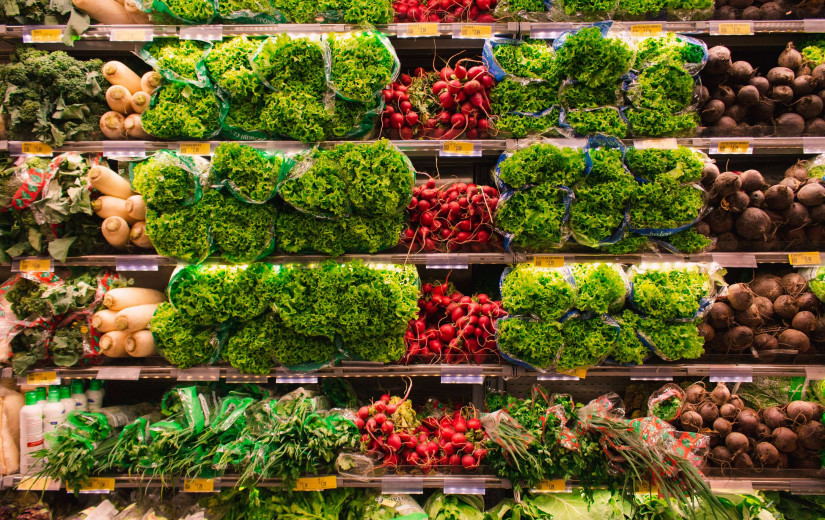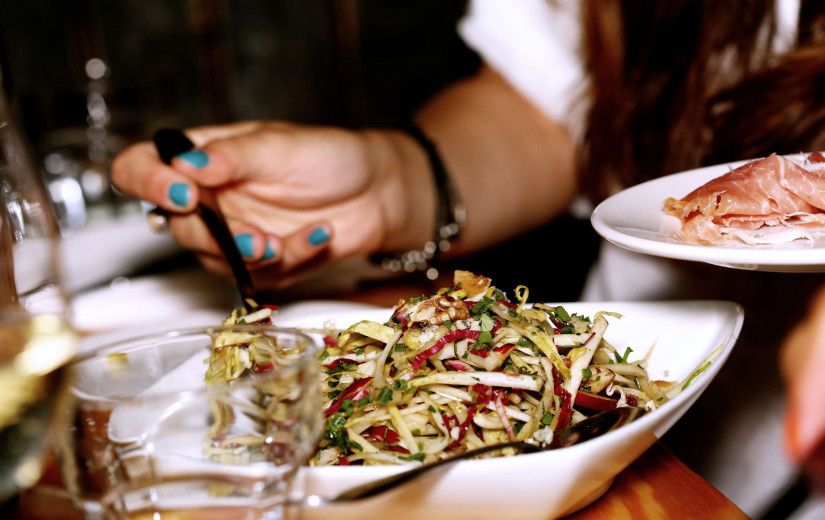Surprising Study Shows Teens Are Experiencing Less Anxiety During Pandemic
The closure of in-person schooling has had far-reaching effects that go beyond education. Many child mental health professionals are understandably worried about the continuing effects of the pandemic on the mental and emotional health of students that have been forced to isolate themselves from peers and engage in online learning. However, a new study has demonstrated that the opposite is true. Rather than experiencing more anxiety during this unprecedented time, the study showed that young teenagers are actually feeling less anxiety and mental strife during the pandemic.
Here is more information about the new study and how you can use this information.
Details of the New Study
The study was conducted by researchers at the University of Bristol in South West England. This new study was a continuation of an ongoing survey that was launched in October 2019, months before the pandemic began. By using data that was studying the connection between social media use and mental health in teenagers, the new offshoot was able to look at how these results changed when the pandemic took hold. The new survey took place in April and May with the same group of participants.
There were more than 1,000 students in year nine from 17 secondary schools in the region. In the UK, year nine is the equivalent to what Americans would know as eighth grade.
Results of the Study
What the researchers found was surprising, directly contradicting the concerns by many medical professionals that teens are likely to bear the brunt of the social isolation. The results of the study found that 54% of the girls, ages 13 and 14, were at risk of developing anxiety before the pandemic. This number decreased by 10% during the weeks of lockdown.
In addition, while 26% of the teens had deemed to be at risk for developing anxiety prior to the pandemic, only 18% showed this tendency during the lockdown. Depression levels did not significantly change when comparing rates before and during the pandemic. When measuring depression tendency, girls experienced an increase of 3% during the lockdown phase while the chance for boys becoming clinically depressed dropped by 2% as the pandemic began to spread.
Also surprising was the data that demonstrated that many of the teens reported being happier during the lockdown. Boys reported a higher level of happiness and well-being than their female counterparts. In addition, many of these students also said that they felt more connected to their schools and teachers during the lockdown.
Those students who had reported the lowest levels of overall well-being prior to the pandemic saw the greatest level of improvement. Researchers also noted that the feelings of well-being and lower levels of anxiety in girls were largely tied to an increase in social media usage.
Lessons for Schools and Educators
The surprising results exemplify how the school itself can be a source of stress and anxiety for teens. When the element of in-school instruction was taken away, more students reported feeling at ease and relaxed. This points a finger at current school environments being a source of mental unrest for many students. The fact that the majority of students reported feeling more connected to their peers during the lockdown shows how crucial the use of social media is in establishing and supporting these relationships. Educators can take this data and find ways to make digital platforms a larger part of the school socialization process.
How Parents Can Help
Parents are not helpless when helping their teen to navigate these uncertain waters. Life stability is the driving force behind what prevents teens from falling into a cycle of anxiety or depression. Students need to be encouraged to follow a regular routine with consistent sleeping, eating, exercise, and school work habits.
Parents should also keep an eye on their teen's social media usage. You can help your teen to feel more secure by encouraging them to practice good hygiene, wear face coverings, and adhere to the recommended social distancing rules. Keeping in touch with your child's mental health will go a long way in helping your teen to deal with these new feelings.
While this study should not discount the negative mental and emotional health of the pandemic, it is good to see that some teens are weathering this crisis without significant harmful effects.

















